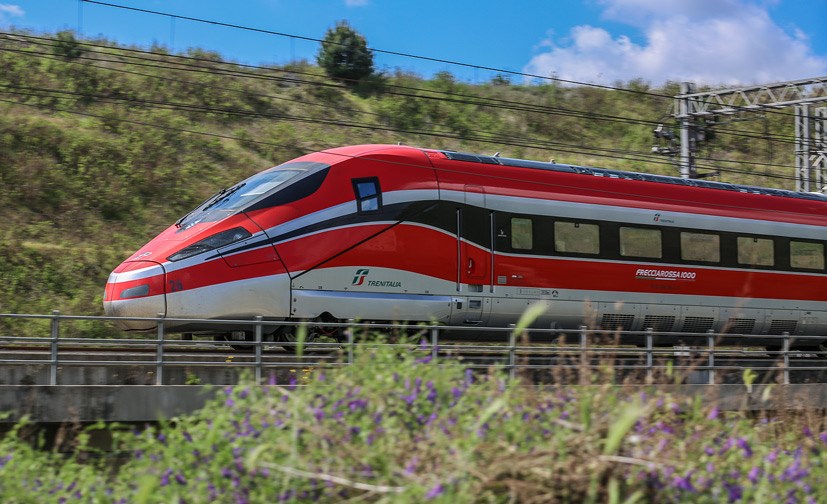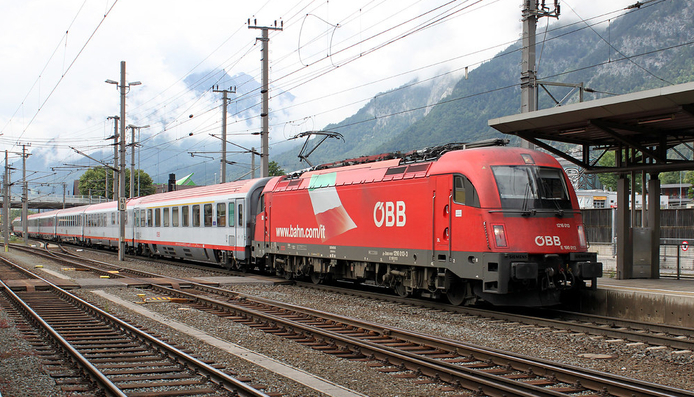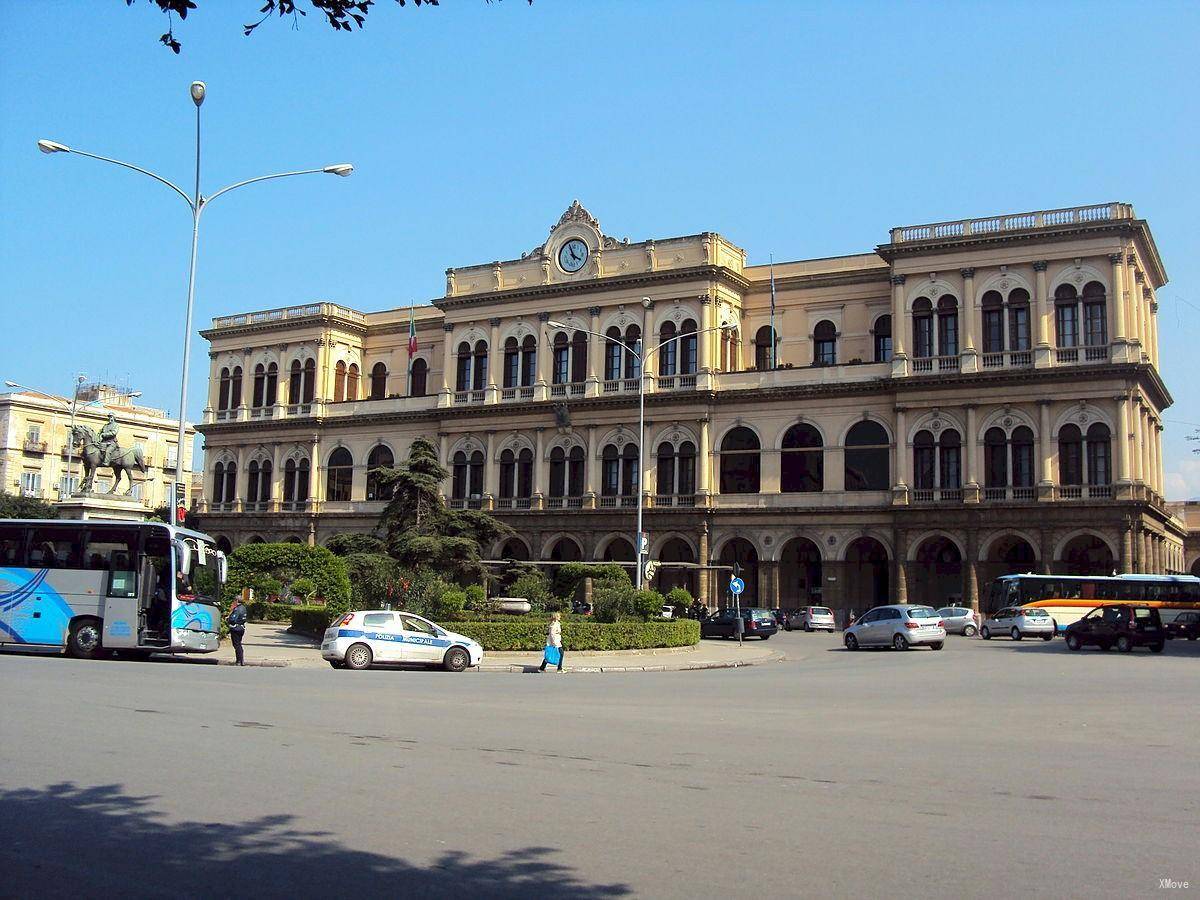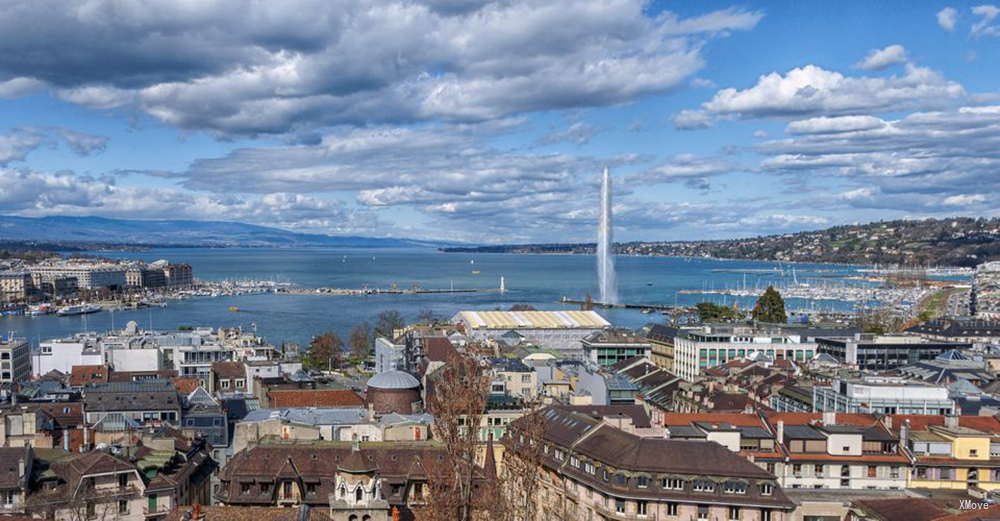
Ultimate Guide to Italian Railway
Italian railways are of high quality and low price in Europe, especially between cities and towns. The Italian railway system began to develop in 1800 and had an explosive development during the Nazi Mussolini era, and Mussolini was famous for propagating "to keep trains on time" during World War II. Since the 1970s, Italy has developed high-speed railways. And continue to modernize the railway system.
Trains are usually the best choice for direct travel in large and medium-sized Italian cities, because there are many problems with road traffic and parking fees are often expensive. If you want to travel to the Italian countryside or remote mountain towns, trains are u...

Ultimate Guide To FlixBus/FlixTrain
Friends who live in Europe know that buses are currently one of the cheapest ways to travel in Europe. Flixbus is currently the largest long-distance bus company in Europe.
At present, Flixbus not only does business in popular tourist cities, but most of the large residential towns in Europe have bus stations, including Germany, France, Italy, Netherlands, Poland, Czech Republic, Denmark, Sweden, Norway, Switzerland, Spain , Portugal, Hungary, Austria, Croatia, Belarus and other countries. Among them, the German route is the cheapest. Flixbus began to expand to the United States in 2018, and currently has thousands of sites in the United States.
...

Ultimate Guide to Austrian Railways
Traveling through Austria by train is now getting faster and easier. The best way to explore Austria is to travel through magnificent mountain views, lush alpine meadows, historic towns and picturesque villages. Austria is located in the central part of the European continent adjacent to Germany and Italy. It also borders the Czech Republic, Slovakia, Hungary, Slovenia, Liechtenstein and Switzerland. Its train network is well connected to surrounding countries. With a punctuality rate of 96%, ÖBB was one of the most reliable railway operators in Europe in 2018.
Austria’s main train service operator is the state-owned company ÖBB, which serves almost the entire country. There are some private railway companies that are not part of ÖBB. In the corr...










